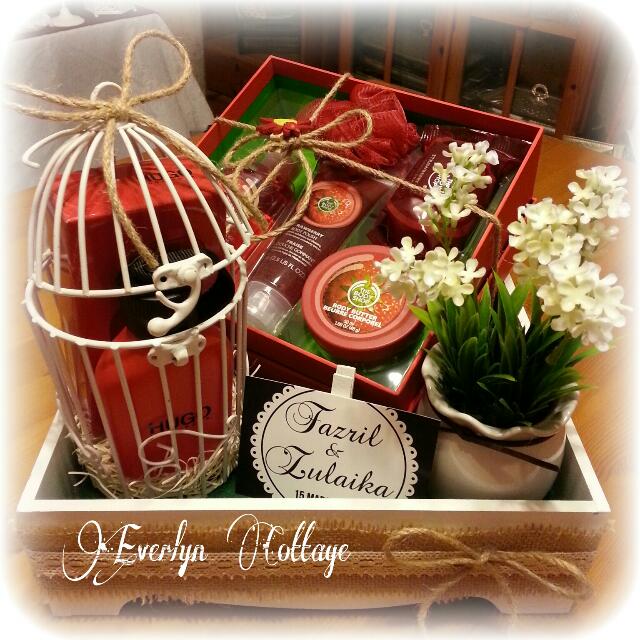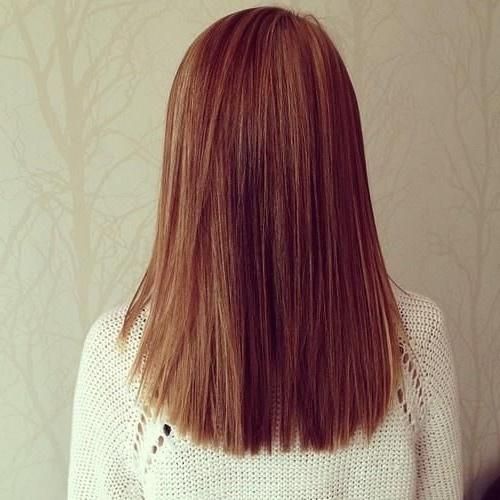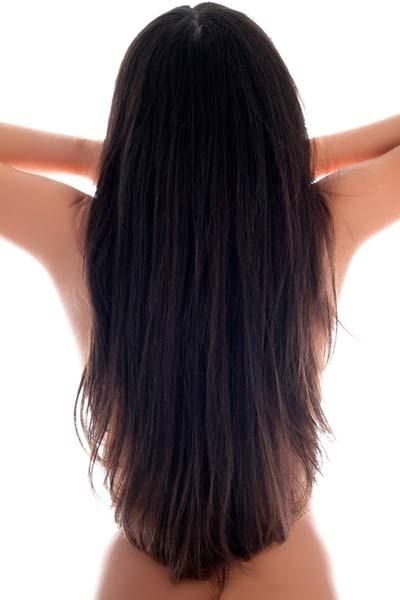Table of Content
If you have another color applied after the bleach bath, the cost will go up. Hydrogen peroxide is commonly used to lighten hair and as mentioned earlier, it is one of the major ingredients needed for your bleach bath. If you can wait longer than a day, that’s even better. Some may bleach their hair three times or more to achieve the perfect shade, but it’s not recommended to overprocess your hair. Now that you’ve taken all of the preparatory steps, you’re ready to get to bleaching!

To bleach your hair at home, you’ll need a powder bleach, developer, and a toner. Developer is the liquid that reacts with the bleach and comes in different volumes like 20, 30 and 40. Stronger volumes will strip your hair's color better but can also damage it more easily.
Why is my hair not lifting with bleach?
This type of shampoo can strip your hair and remove color molecules in the process. It is one of the gentler hair dye removal methods, but you may have to wash your hair many times to get as much dye out as possible. No matter you are bleaching your hair naturally or using chemicals, it can damage your hair. After you wash the bleach, the hair strands are left lighter and weaker.

As soon as all of your hair is covered in the bleach, cover your hair with a shower cap or a plastic bag. If you have already bleached your hair and are looking to tackle your roots, it's a much riskier situation. Bleach may swell, and if it expands from your untouched roots onto previously bleached hair, crossing over what's called "the line of demarcation," you can run into breakage.
Consider using a DIY bleaching kit.
Additionally, it’s important to understand your current hair color situation. If your hair is already processed, if you have used any type of box dye, or if you have virgin, unprocessed hair, these can cause variations in how your hair will lift with the bleach. Chances are you've been contemplating going blonde for a minute.
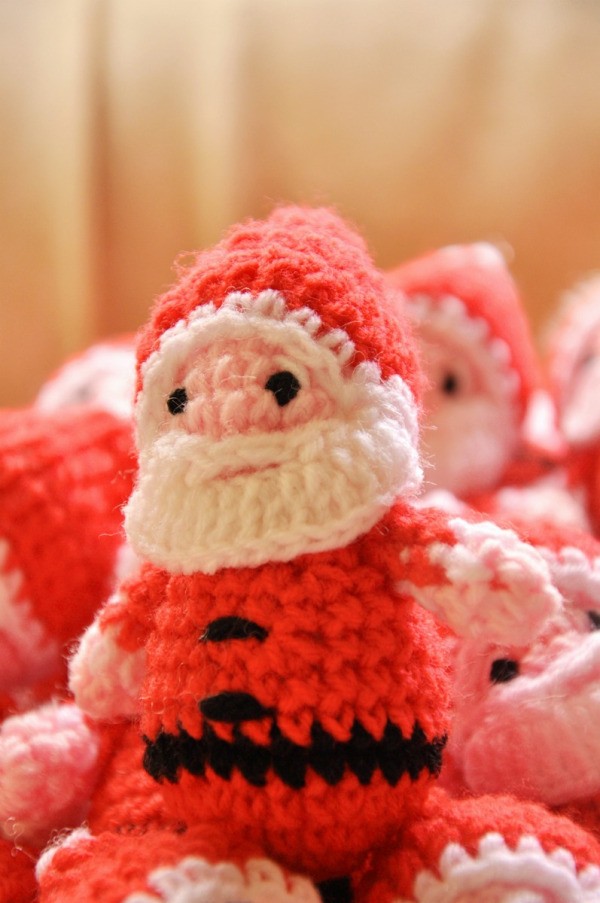
Massage it into your scalp to ease any dryness or irritation the peroxide might have caused. Once your hair is reasonably dry, section off parts of hair you want bleached with claw clips. Sectioning your hair will help you make sure you treat every last lock with peroxide.If you want a very even bleach, the claw clip method is highly recommended. It takes more time, but it looks more professional and it offers more even highlights.
How to Bleach Your Hair at Home
The hair closest to the scalp processes color quicker than anywhere else on the hair shaft because the natural heat from the body acts as a heater when hair color is applied. This means that when you are doing a virgin (hair that hasn’t been color-treated) application you must apply the color on the roots last, not first. Don’t eyeball–proper portions are important, so measure properly! Hair bleach contains many chemicals with strong oxidizing and bleaching properties, so after bleaching your hair, your hair will be seriously damaged.

You shouldn’t wash or condition your hair as often, since the ingredients in regular shampoo will tint the newly blond color of your hair. Purple products will help pull everything back to your ideal tone. Use them as needed, but know that using them too much will cause your hair to have red or violet undertones.
It is time to sit back and wait for the magic to happen! Do not leave the bleach on for more than minutes. Keep checking on the hair periodically to see if the color is lifting to the levels you want.

Your strands’ natural oils will actually protect them from getting damaged by the bleaching process, in other words, if your hair is too clean you’ll risk hair damage. To be honest, all bleach will strip your strands of those nice, juicy fatty acids that make your hair feel soft and healthy. But the traditional bleaching method is more damaging because it’s less diluted. While it may be more effective if you need to lighten by more than two levels, it's often not necessary to simply lift old color to make way for the new. Now that you know how long you need to leave the mixture in to get your desired result, it’s time to start applying bleach to the rest of your hair.
The adrenaline rush that comes from whitening your hair is unrivaled. However, the damage done to your hair when you bleach it is also significant. And to avoid that, many women are opting for DIY hair bleach at home these days with products they feel most comfortable with. Chamomile tea helps you lighten your hair; making a hair mask with chamomile tea will you get a subtle light tone for your hair. For normal hair you just have to add all ingredients to a spray bottle and stir.
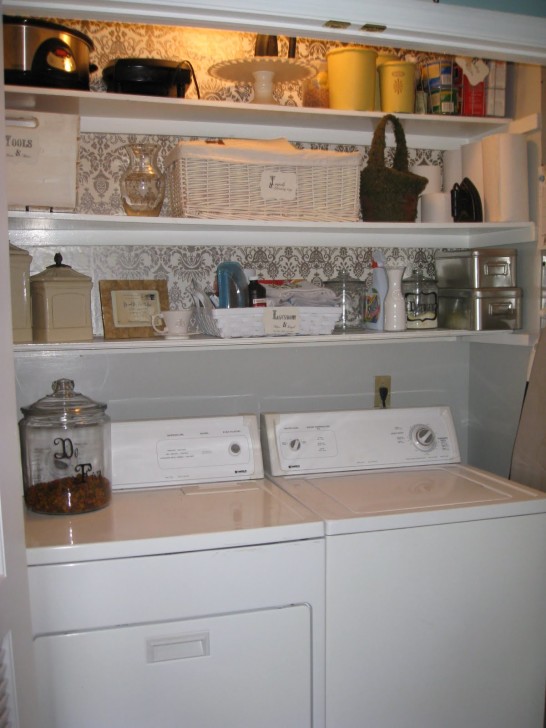
Repeat with the remaining clipped sections of your hair.After you have finished applying the peroxide, put on a shower cap to keep the peroxide from dripping or touching your clothes. Don't dye or otherwise process your hair in the weeks leading up to the bleaching. Bleaching your hair will work better and cause less damage if your hair is strong and unprocessed. If your hair is damaged or processed, then you are better off going to a salon. When it’s fully processed, it’s time to wash it out. Use lukewarm water, too hot or cold of water can shock your hair in its already fragile state.
